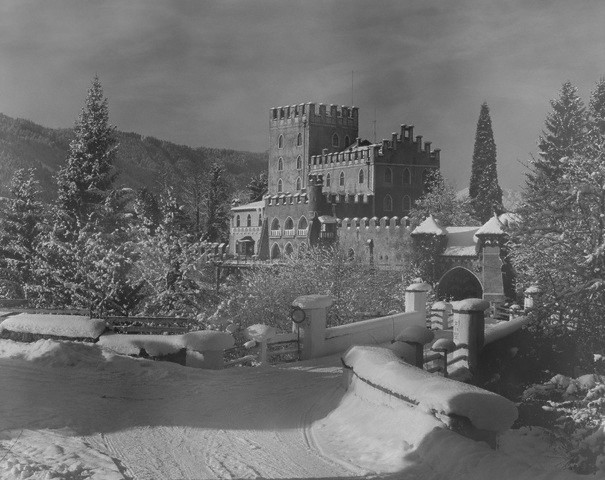The Battle for Schloss Itter was one of the very last offensives of World War II. It was May 5, 1945. Hitler had already committed suicide. There was no longer any hope for the Germans and it was clear that the war for Europe was over. But for Captain John C. “Jack” Lee Jr. and his tank battalion, there was one last mission. It was dangerous and the stakes were high, but 14 high-profile French prisoners were still being held at the medieval castle known as Schloss Itter. When Lee received news of the prisoners he did not hesitate to act. The battle for Schloss Itter would become one of the most unbelievable and remarkable battles of World War II.
The Germans Fought Side By Side with the Americans
The Battle for Schloss Itter was the only time during the war that Americans and Germans fought side by side. The prisoners at the castle sent out messages for help, one reached the Austrian resistance and in turn Major Josef Gangl. Gangl was a highly-decorated member of the Wehrmacht, but when the order came to retreat from Austria, Gangl and some of his men stayed behind.

They no longer supported the Nazi cause and they stayed behind to join the Austrian resistance and protect the people of Worgl, Austria. The town’s residents were often under attack by roving SS members, and so Gangl and the 20 men that remained loyal to him stayed to protect the town.
When he got word of the prisoners and their predicament, he knew that his small group of 20 men would not be enough to free and protect the prisoners. He decided that he would do whatever it took to get help and free the prisoners. He had hoped to wait in town until American forces reached them and to surrender, but the predicament of the prisoners meant he could not wait. Raising a white flag, he made his way toward the closet American forces he could find.
Gangl found Lee, who was leading a reconnaissance unit of 4 Sherman Tanks that were part of the 12th Armored Division. Captain Lee was waiting to be relieved by the 36th infantry division when he was approached by Gangl. Upon learning of the prisoners, Lee immediately volunteered and got approval from headquarters to help with the rescue. The two commanders then set out with 14 soldiers, one tank, a truck and driver, and 10 German artillery men. It was a small force to liberate a medieval castle prison, but the two men were willing to try.

